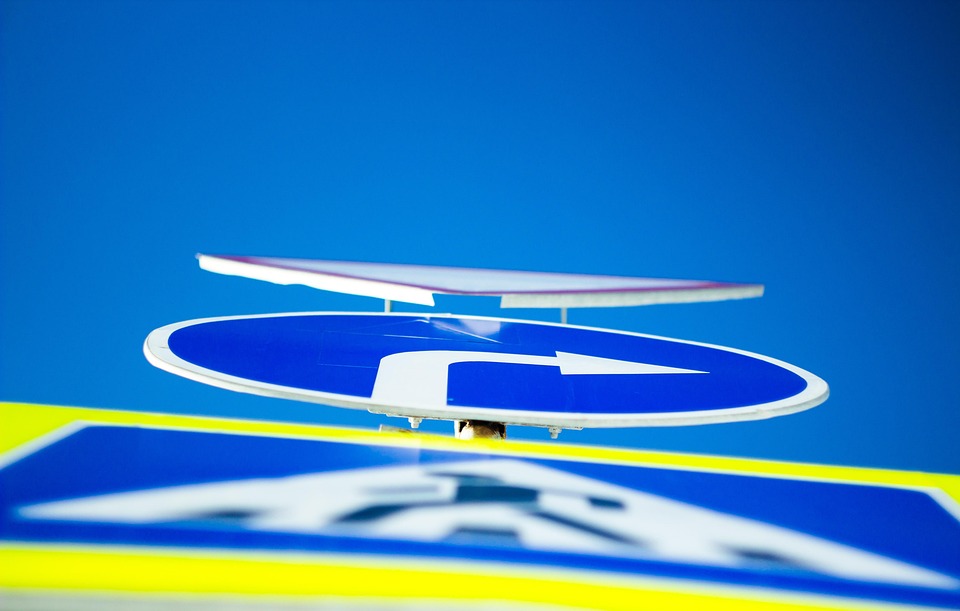The Kabbalistic Tree of Life is a complex and ancient symbol used in Jewish mysticism to describe the nature of the universe and the interconnectedness of all things. At its core are the Sefirot, ten divine emanations that represent different aspects of the divine and the human experience. In this article, we will delve into the symbolism of the Sefirot and explore their significance in understanding the mysteries of the universe.
Introduction to the Sefirot
The Sefirot are the building blocks of the Kabbalistic Tree of Life, each representing a unique aspect of the divine. They are:
- Keter (Crown): representing the divine will and the spark of creation
- Chokhmah (Wisdom): representing the divine wisdom and the power of creation
- Binah (Understanding): representing the divine understanding and the ability to discern
- Chesed (Loving-Kindness): representing the divine loving-kindness and the power of expansion
- Gevurah (Strength): representing the divine strength and the power of contraction
- Tiferet (Beauty): representing the divine beauty and the balance between expansion and contraction
- Netzach (Eternity): representing the divine eternity and the power of endurance
- Hod (Splendor): representing the divine splendor and the power of manifestation
- Yesod (Foundation): representing the divine foundation and the power of stability
- Malkhut (Kingdom): representing the divine kingdom and the power of manifestation in the physical world
The Symbolism of the Sefirot
Each Sefirah has its own unique symbolism and characteristics, and together they form a complex web of relationships and interactions. The Sefirot can be grouped into different categories, such as:
- The upper three Sefirot (Keter, Chokhmah, and Binah) represent the divine and the spiritual realm
- The middle six Sefirot (Chesed, Gevurah, Tiferet, Netzach, Hod, and Yesod) represent the emotional and psychological realm
- The lower Sefirah (Malkhut) represents the physical world and the manifestation of the divine in the material realm
The Sefirot are also connected by a series of paths and channels, which represent the flow of energy and consciousness between them. These paths can be used for meditation, prayer, and spiritual growth, allowing the practitioner to tap into the divine energies and access higher states of consciousness.
The Relationship Between the Sefirot
The Sefirot are not isolated entities, but are deeply interconnected and interdependent. Each Sefirah contains aspects of the others, and together they form a harmonious and balanced system. The relationships between the Sefirot can be understood through the concept of tzimtzum, or contraction, where each Sefirah contracts and limits its energy to allow the next Sefirah to emerge.
The Sefirot are also related to the divine names and the Hebrew alphabet, with each Sefirah corresponding to a specific name and letter. This correspondence allows for a deeper understanding of the Sefirot and their relationships, and can be used for meditation and spiritual growth.
Conclusion
The symbolism of the Sefirot is a rich and complex topic, offering insights into the nature of the universe and the human experience. By understanding the Sefirot and their relationships, we can gain a deeper appreciation for the mysteries of the universe and our place within it. The Kabbalistic Tree of Life is a powerful tool for spiritual growth and self-discovery, and the Sefirot are the key to unlocking its secrets.


Leave a Reply